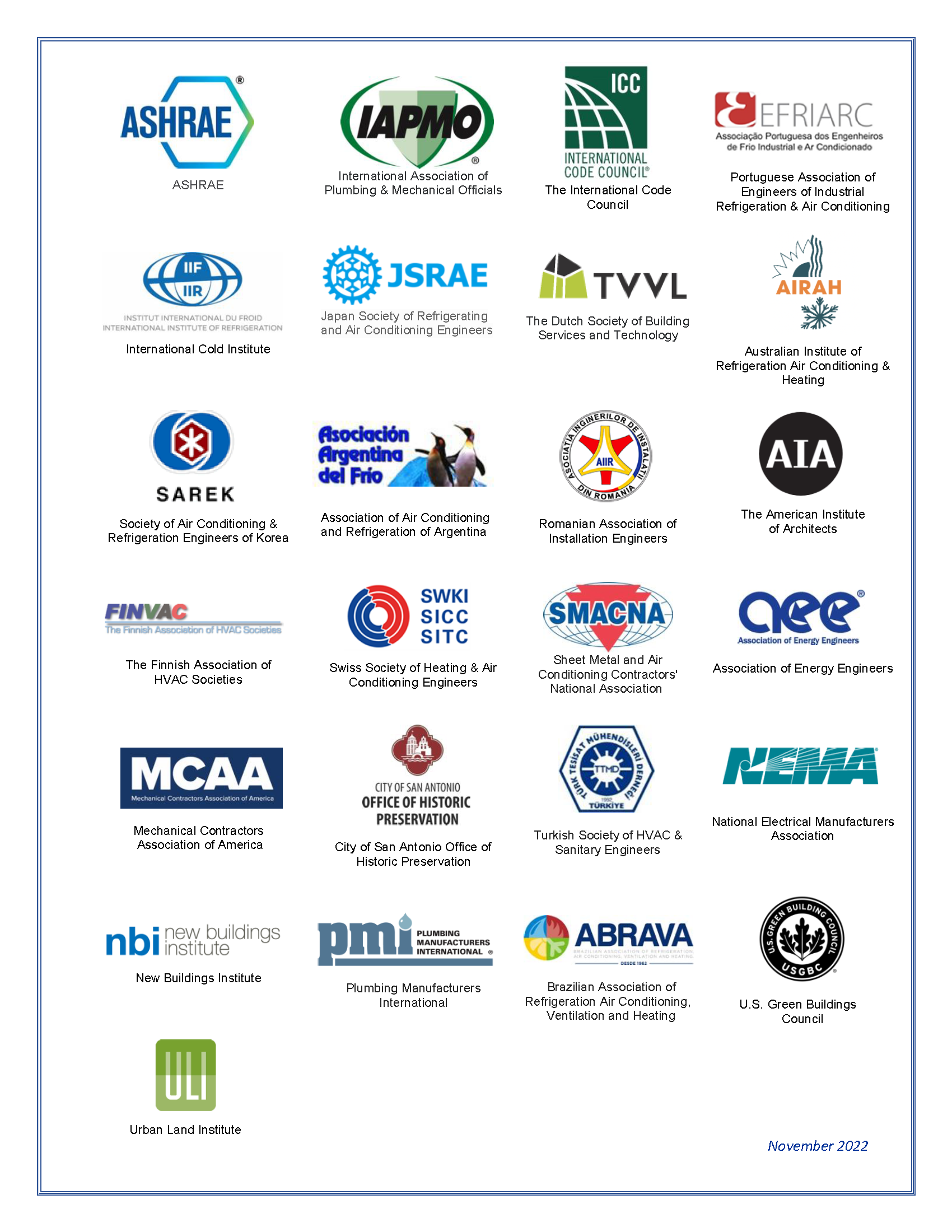It is anticipated that our planet will reach 1.5° C of global warming by 2040, which will amplify climate hazards that will present numerous risks to all ecosystems, including to humans and our built environment. These hazards include increased frequency and severity of disasters around the globe, as far too many have recently experienced. In the mid-term and long term, the likelihood and severity of these hazards and risks increases dramatically. Mitigating both short- and long-term negative outcomes, and adapting to our changing planet, depends primarily on actions we must take in the short term. The urgency of the situation cannot be overstated.
The buildings that we live and work in are responsible for approximately 40% of total global direct and indirect greenhouse gas emissions. The built environment is therefore one of the leading drivers of climate change. Simultaneously, making changes to how and what we build is one of our most effective tools for mitigating and adapting to climate change and places a great responsibility on the built environment industry. This is a responsibility we earnestly accept.
Mitigation:
Mitigating climate change requires the reduction of greenhouse gas emissions. Subsequently, climate change mitigation entails reducing and ultimately eliminating the emissions associated with existing buildings, new construction, and the larger built environment; a concept known as building decarbonization. There are many technical tools and related strategies to decarbonize our built environment, but at their core they all involve increasing energy efficiency, use of renewable energy, and applying a circular economy that focuses on materials that are reusable, recyclable, and repairable. Energy use varies significantly between Global North and Global South regions, indicating that different strategies and technical tools will be needed to serve different regions. These technical tools and strategies should be intensely analyzed to determine which have the highest ROI and simultaneously minimize holistic environmental impacts, and then pursued relentlessly to mitigate the rapidly increasing scope and scale of climate disasters.
Adaptation:
Fundamentally, adaptation to climate change in the built environment means ensuring that existing buildings and new construction can weather disasters of increasing severity and frequency with minimal damage, loss of functionality, and recovery time. This leads to lower lifetime carbon and monetary costs for our built environment, and safer, healthier occupants.
Through these two strategies, achieving net zero whole life carbon to mitigate the effects of climate change, and ensuring structures are resilient enough to survive and thrive despite the effects of climate change, we can ensure the ongoing health and safety of all those in the built environment while also protecting and preserving our global environment.
The undersigned organizations are writing to demonstrate our willingness to assume a leadership role in decarbonizing the built environment and to publicly support the efforts of the government representatives that are Parties of the UNFCCC and planning to meet at the Conference of the Parties (COP) in Sharm El-Sheikh.

